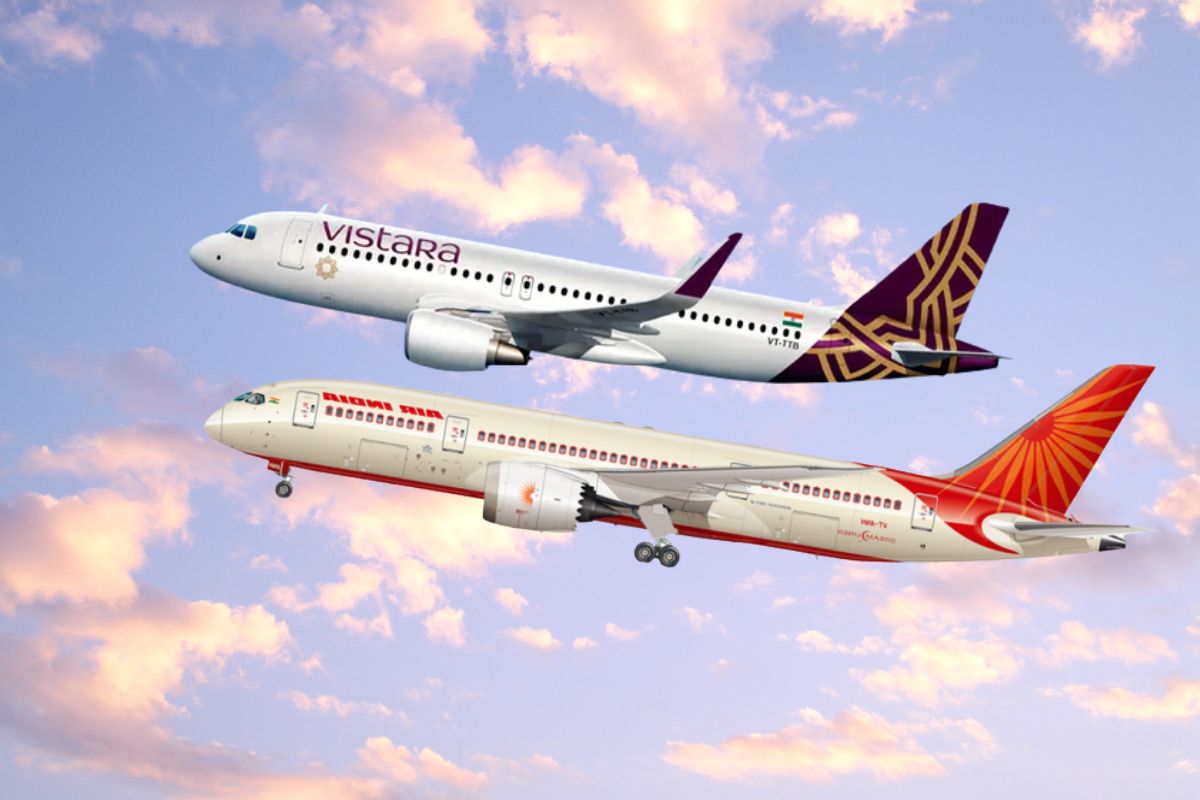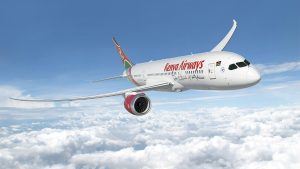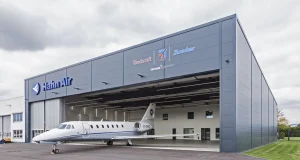It’s still way too early to tell whether it was the right decision to nix the Vistara brand, but Air India clearly has its work cut out for itself as the brand name also comes with a lot of baggage.
The Tatas will let go of Indian full-service carrier Vistara as they look to merge the airline with the more “internationally-recognized” Air India, Air India CEO Campbell Wilson said on Monday.
Wilson told news agency Press Trust of India that efforts would be made to retain some of the “Vistara heritage in that new manifestation.”
He added that the process of Vistara’s integration with Air India is awaiting regulatory approval from the Competition Commission of India.
AirAsia India will also be merged with Air India Express. “In the next couple of months we will start deploying more public facing steps that will indicate the coming together of these two airlines,” the Air India CEO said.
Once completed, the Tatas will end up with one full service and one low-cost airline, Wilson said, while reiterating the aspiration of attaining that 30 percent aviation market share objective in India both domestically and internationally.
Calling it an amalgamation of the existing assets, Wilson said, “We are picking the best from each of those airlines to carry forward and using the combined economies of scale and combined knowledge to elevate the proposition beyond what’s offered by any of the existing airlines currently.”
The mergers would also help the group to tap a market segment that it previously hasn’t been quite equipped to take full advantage of, according to the CEO.
Air India’s Record Aircraft Orders
While there have been talks of Air India’s record order of 470 aircraft from Boeing and Airbus, Wilson said the task is more than just buying aircraft. “It’s the absolute and complete transformation of Air India,” he said speaking to Indian media.
With the Tatas taking over Air India, the erstwhile Indian state carrier, in 2022, the transformation has been focusing on three phases, Wilson said.
In the current take-off phase, Wilson said they have been putting a comprehensive effort to address some of the issues that have accumulated over many years of underinvestment, addressing system shortages and restoring aircraft to flying service.
Wilson said despite the challenges the airline has so far announced 16 new international routes and capacity has been increased on nine others.
United Arab Emirates’ national carrier Emirates is also reportedly looking at a codeshare pact with Air India, according to reports in Indian media.
Having already put significant capacity into North America from both Delhi as well as Mumbai and some from Bengaluru, the airline has also added capacity into Europe — Milan, Copenhagen, Vienna, and now has 12 services into Gatwick.
The airline is also looking to establish direct connectivity with New Zealand. No airline currently offers direct flights between the two countries.
The Investments
The Tata Group is not shying away from investing in the Indian aviation sector, Wilson said. “The aircraft order requires a significant sum and how that will be funded is a matter of internal deliberation but there are many sources.”
The group plans to fund its $70 billion order for a record 470 aircraft with internal cash, equity and through sale-and-leasebacks, according to a Reuters report.
The group has also committed $400 million in refurbishing the existing aircraft and more than $200 million in upgrading and improving the IT systems, according to Wilson.
He said the group is also investing significantly in a training academy and is in deep discussions with a number of potential partners to set up what will be one of the world’s largest training academies in India.
“As time progresses, we can build our own talent pipeline clearly for Air India as the first priority. But secondly, and perhaps more significantly, for India as a whole,” he said.
And with all that investment, profitability is definitely an objective for the group. But Wilson said the group is not putting any time to any milestones, as it is a work in progress.
“There’s a lot of growth that we need to invest in, a lot of capabilities that we need to strengthen and deploy,” he said.
Source: Skift






